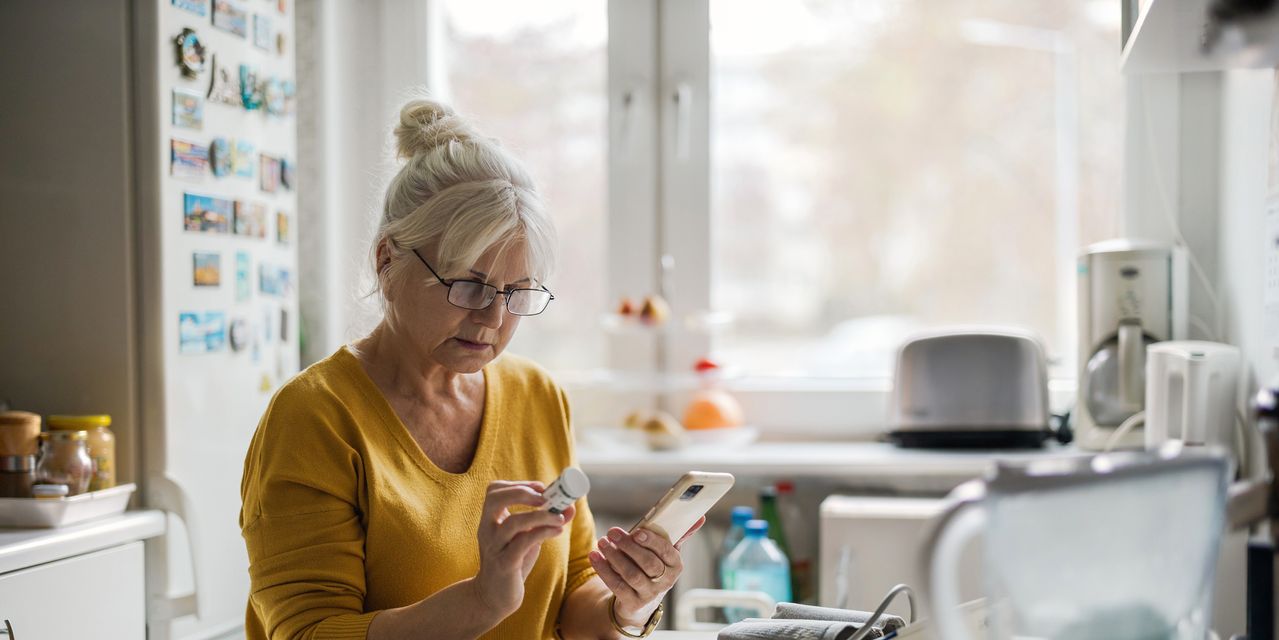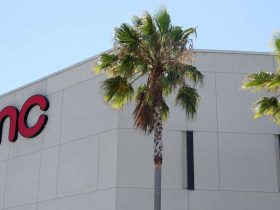About 70 cents of every dollar spent on widely used generic drugs under Medicare’s Part D prescription-drug benefit goes into the pockets of intermediaries, according to new research published Friday in JAMA Health Forum, a peer-reviewed journal.
The largest chunk of 2021 Medicare Part D spending on those drugs — more than 40% — went to pharmacy benefit managers, the middlemen who manage prescription-drug benefits on behalf of insurers and other payers, according to the study by researchers at Johns Hopkins University and the University of Utah. Another 17% went to pharmacies, and 12% went to wholesalers — leaving just 30% for the pharmaceutical companies that manufactured the medications, according to the study.
At a time when lawmakers are weighing multiple proposals to reform PBM business practices, the study underscores these companies’ market power and illustrates the profits they can generate through “spread pricing,” or charging health plans more for a drug than the PBM reimburses to the pharmacy. And it highlights that patients may be paying far more for these generic drugs than they would if the supply chain was more efficient and competitive, said Ge Bai, a professor of accounting and of health policy and management at Johns Hopkins and co-author of the study. “If competition was strong, we would not see such a high margin, especially for PBMs,” Bai said.
The study also sheds light on a key factor behind shortages of many generic drugs: Drugmakers generally aren’t making much money on those products. With most of the total spending on those drugs going to intermediaries, there’s relatively little left for drugmakers, and “they have no incentive to ramp up production” of those medications, Bai said.
More than 50 million people are enrolled in Medicare Part D prescription-drug plans, according to health-policy research nonprofit KFF.
The study focused on generic drugs covered by Medicare’s Part D prescription-drug benefit that have more than two manufacturers, more than $100 million in total Part D spending and are used by more than 1 million Medicare beneficiaries.
For some of those generic drugs, middlemen collected far more than 70% of the Medicare Part D spending, the researchers found. For the blood-pressure drug amlodipine, for example, intermediaries’ gross profit amounted to $6.07 of the $7.01 in spending per claim in 2021 — or nearly 87%, the study found. Middlemen’s gross profit also amounted to more than 80% of spending per claim on the cholesterol drug ezetimibe, the muscle relaxant baclofen and the antibiotic doxycycline, among others, according to the study.
Simply banning PBM spread pricing, as some lawmakers have proposed, won’t necessarily help patients save money on their prescriptions, Bai said, because it doesn’t address the core issue of insufficient market competition. If spread pricing is banned, she said, PBMs will likely find other ways to bring in cash, such as increasing fees — and there are other types of intermediaries that are also collecting sizable profits. “We have to look at the supply chain as a whole,” Bai said.
The issue isn’t limited to Medicare, Bai said. Employers sponsoring health plans and their workers face similar issues.
Some researchers have lately suggested a big change to address the problem: Ending insurance coverage of low-cost generic drugs. Erin Trish and Karen Van Nuys, researchers at the University of Southern California’s Schaeffer Center for Health Policy and Economics, made this proposal in a Washington Post opinion piece earlier this year, writing, “insurance coverage has enabled middlemen to feast on billions of these prescriptions each year, keeping prices higher than they need to be.” Premiums could be reduced to reflect the narrower coverage, they wrote.
Bai agrees that the idea makes sense. “These drugs are low-priced, but because of the complicated insurance arrangements, PBMs take a big cut,” she said. Insurance “becomes very inefficient when it applies to low-cost medical services and products,” she said, because the cost of the added administrative complexity outweighs the benefit of pooling risk in a health plan.
Some patients are already pursuing the insurance-free option on their own, circumventing their health plans and turning to cash-pay options like Mark Cuban’s Cost Plus Drug Co.
Read the full article here









Leave a Reply